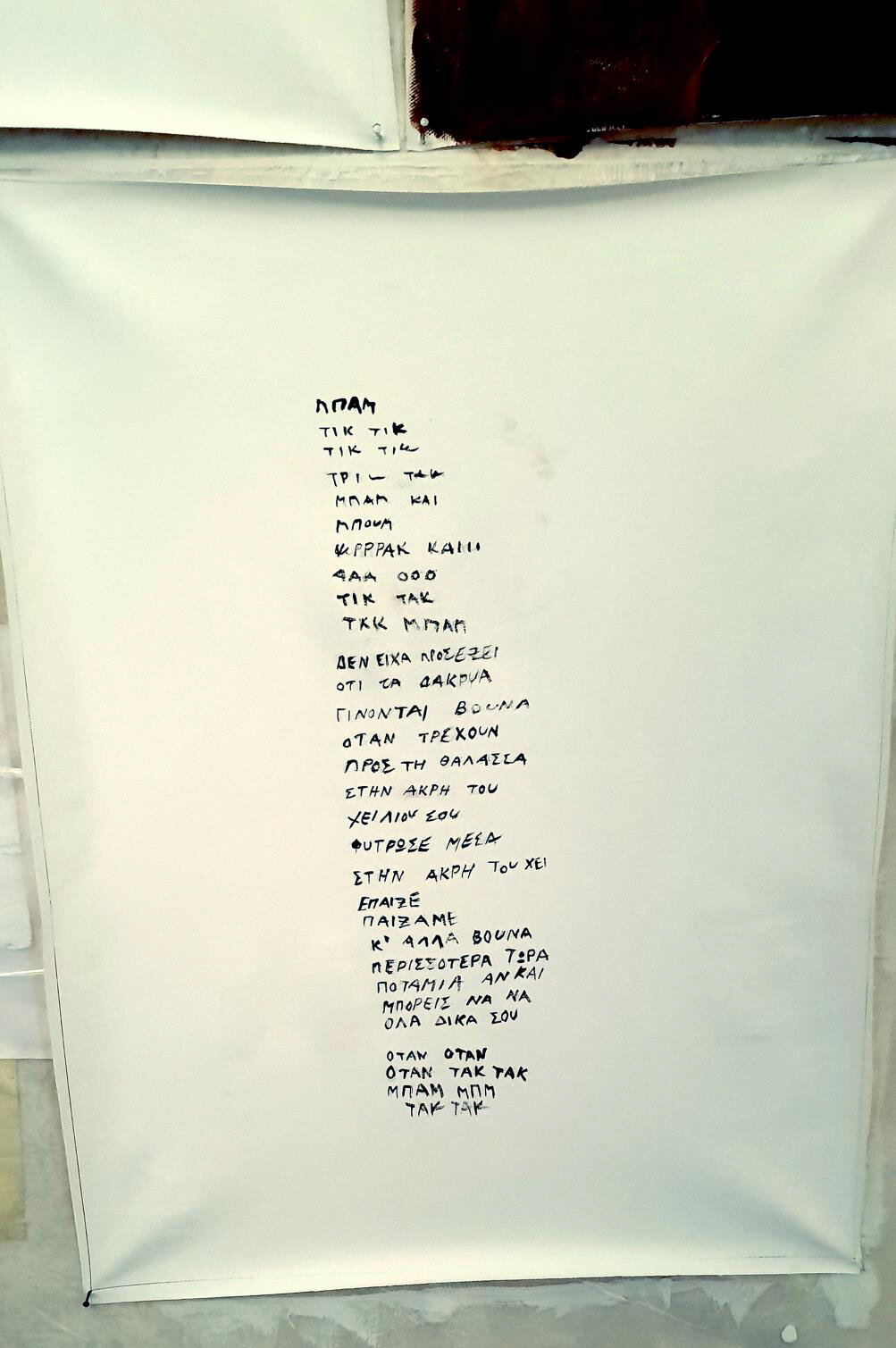
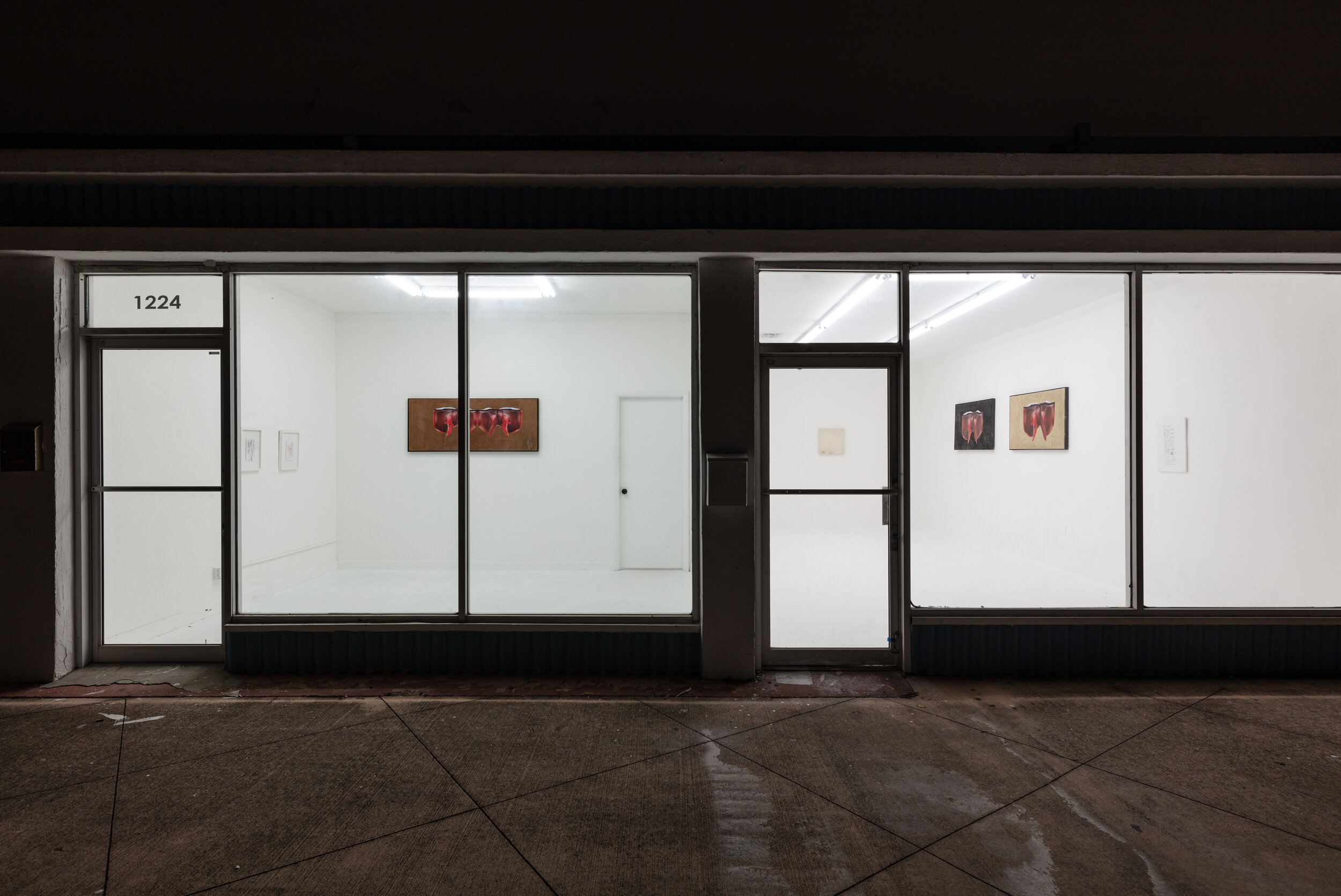
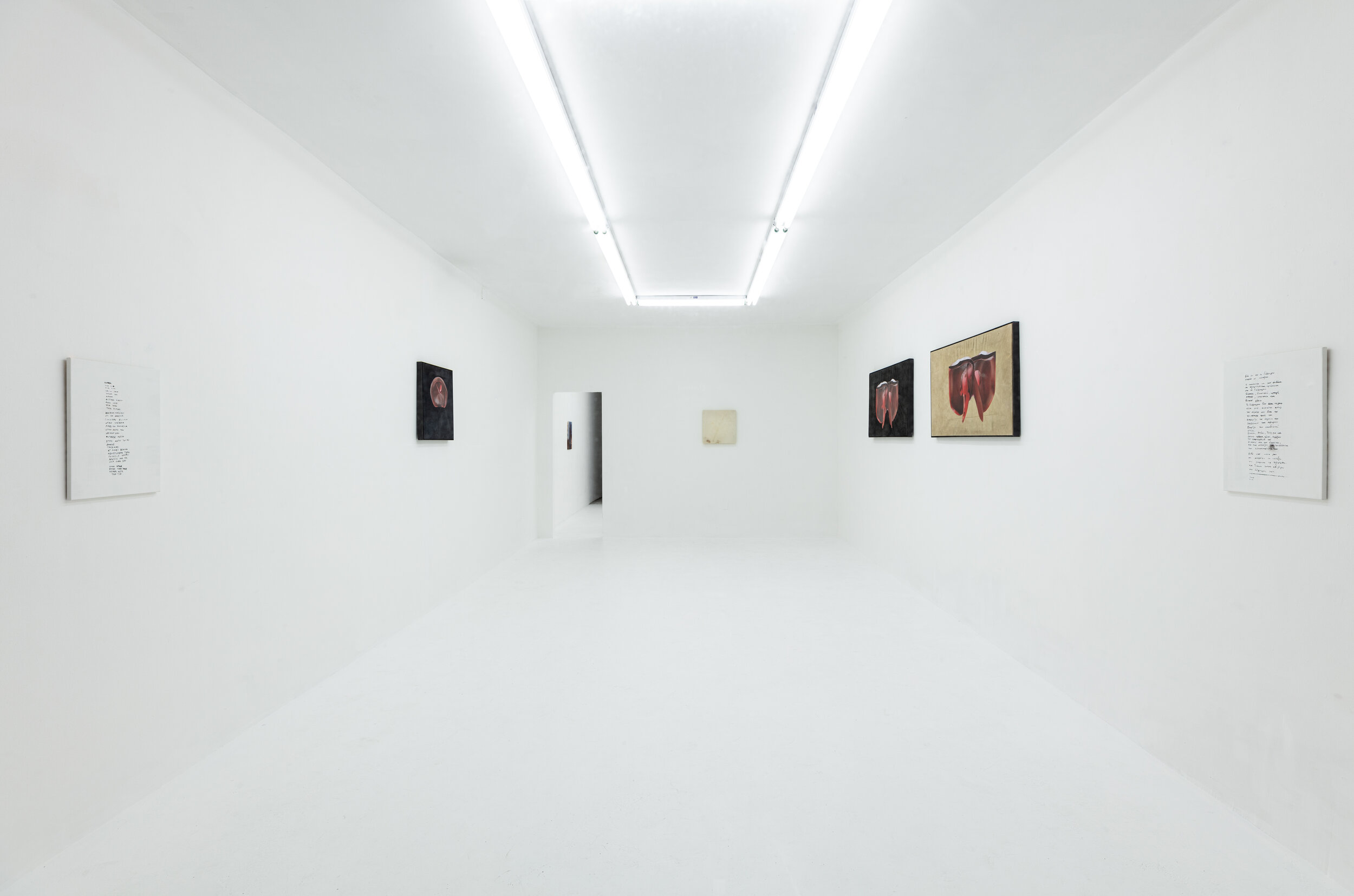
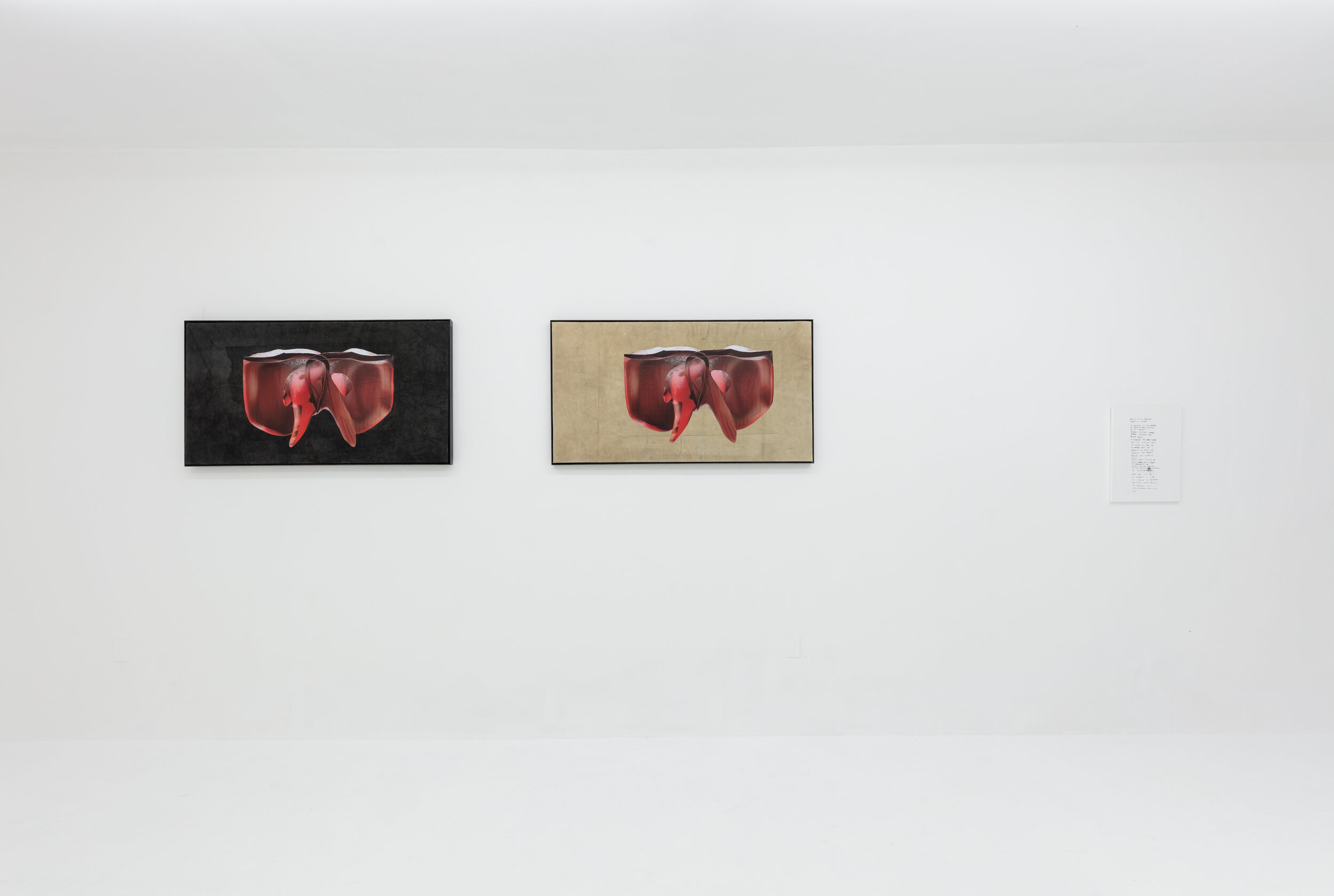
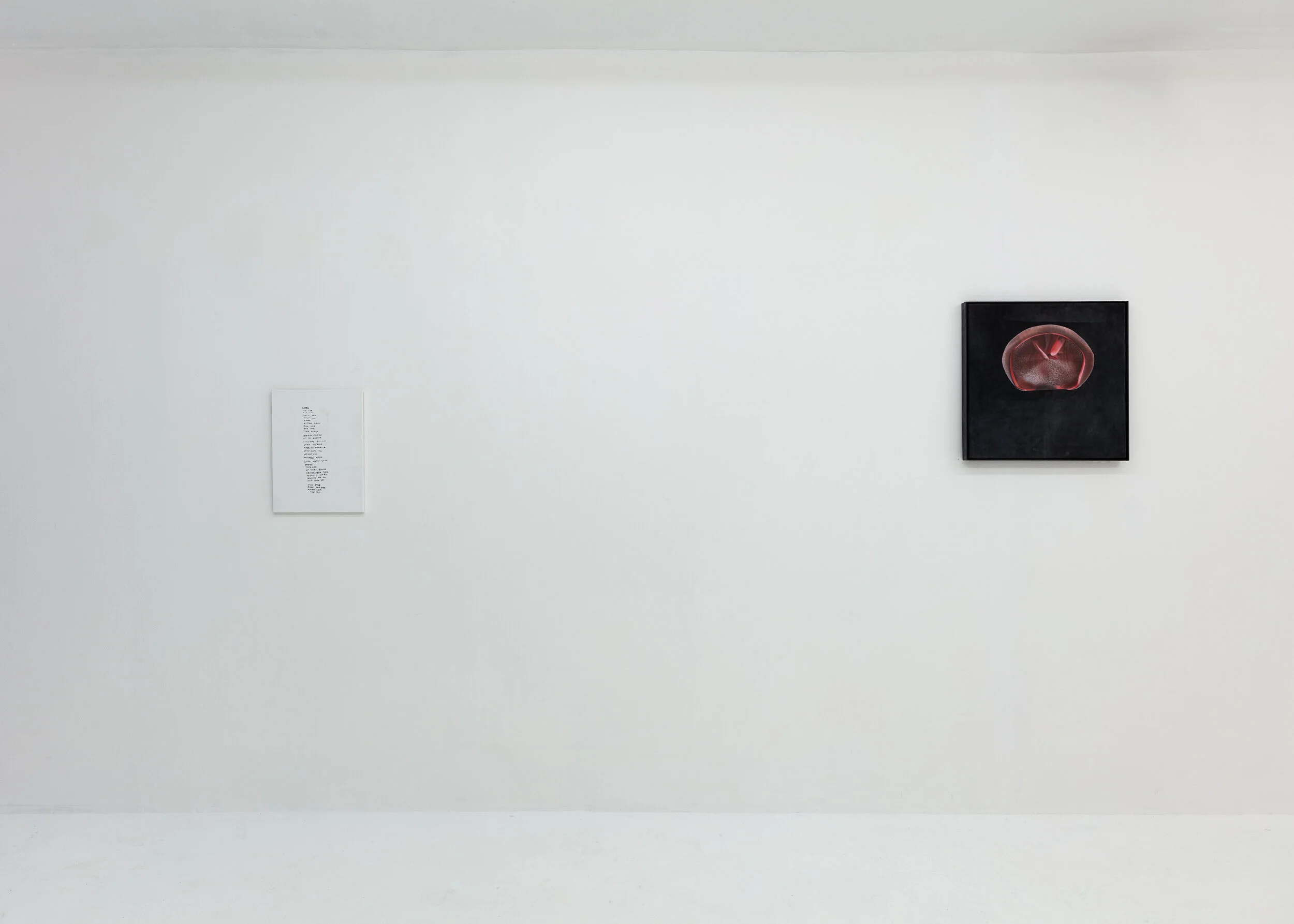
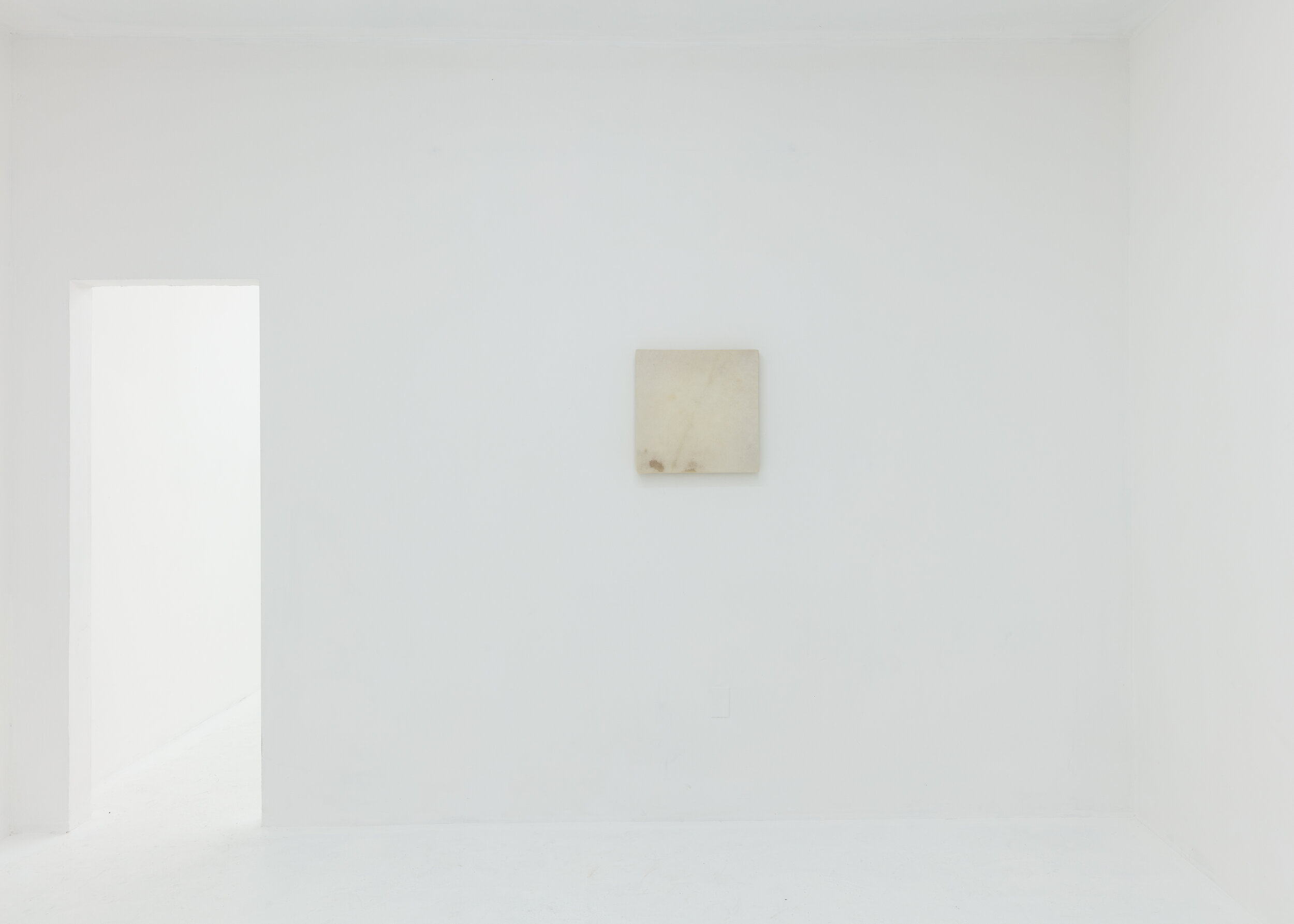
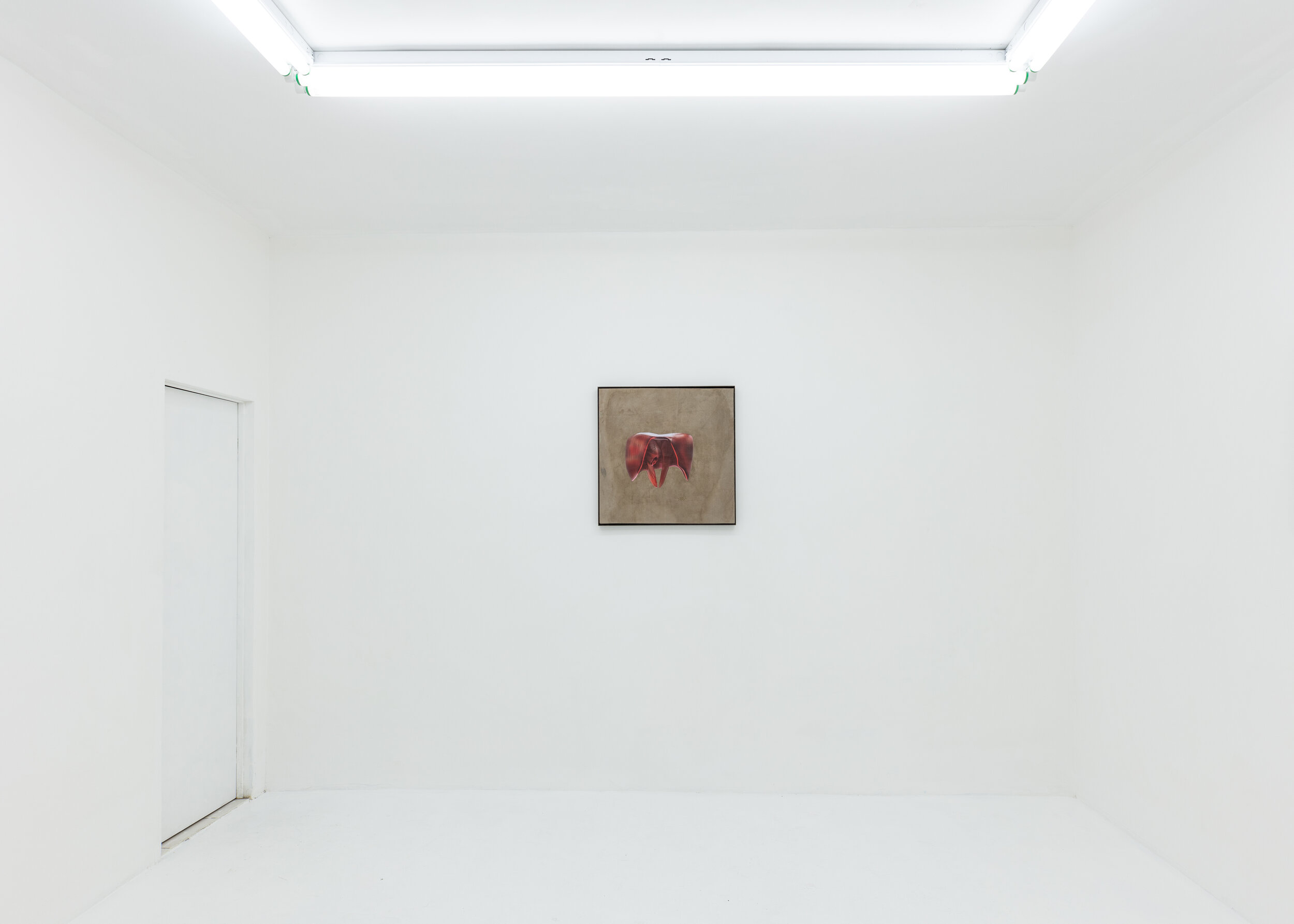
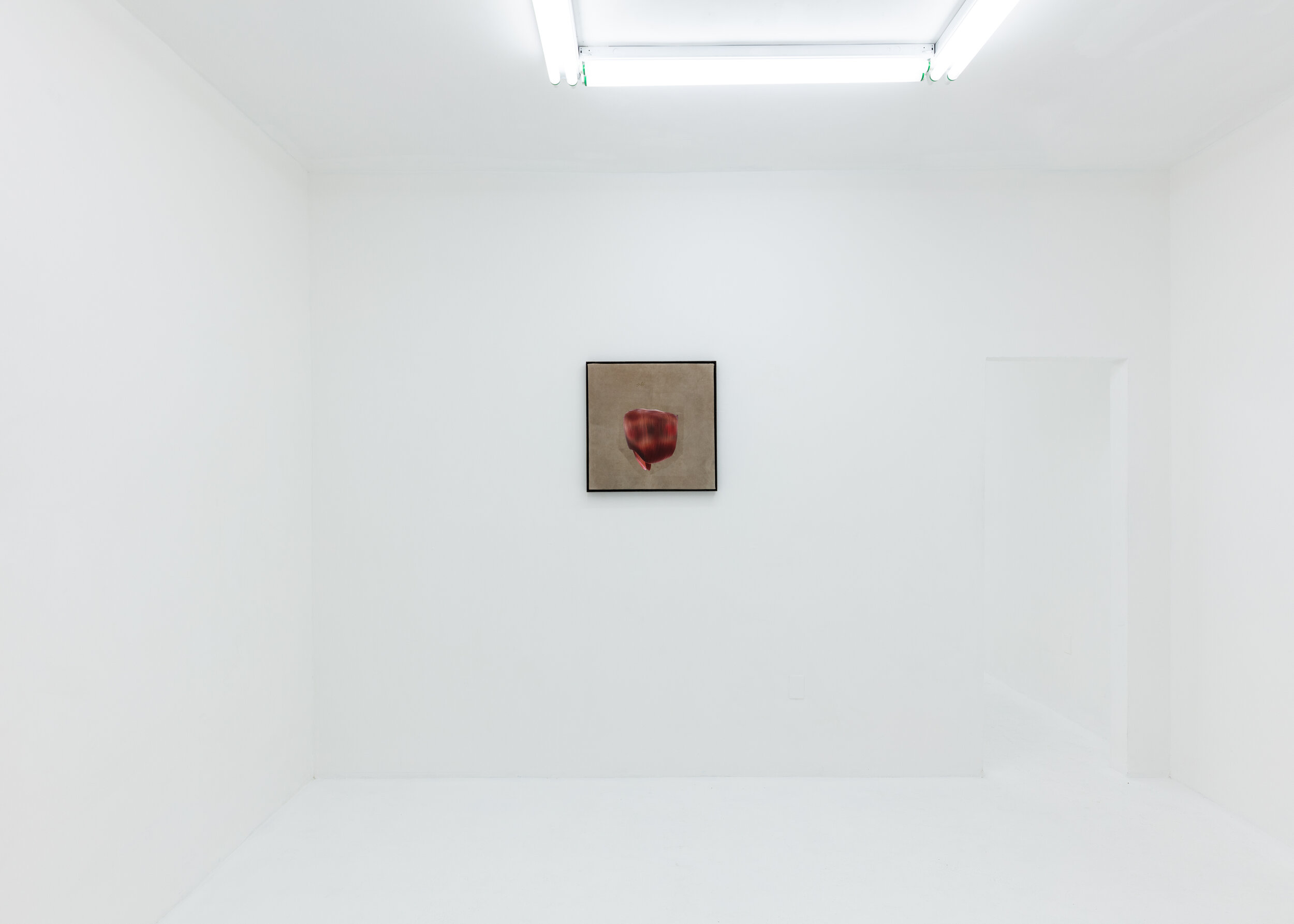
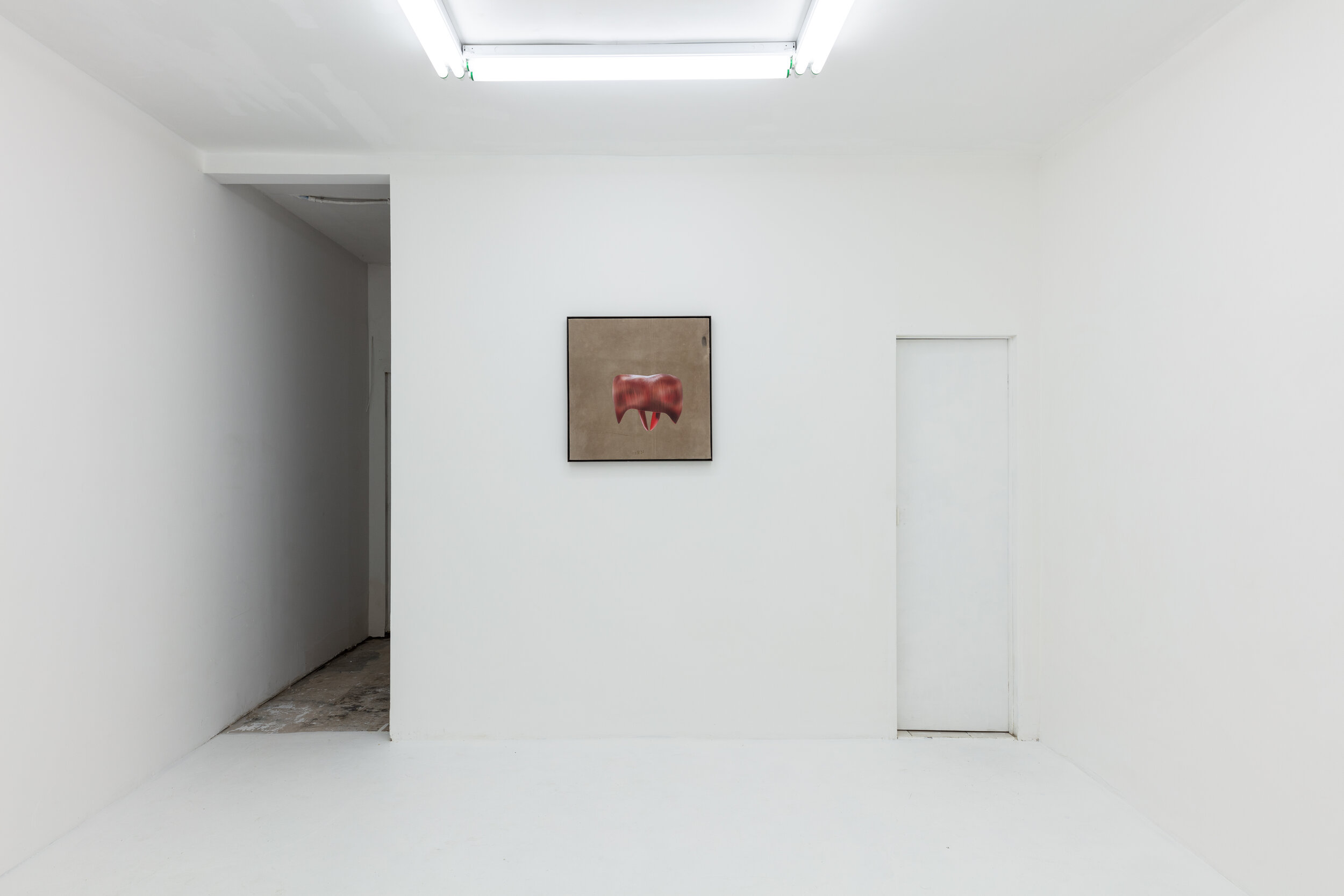
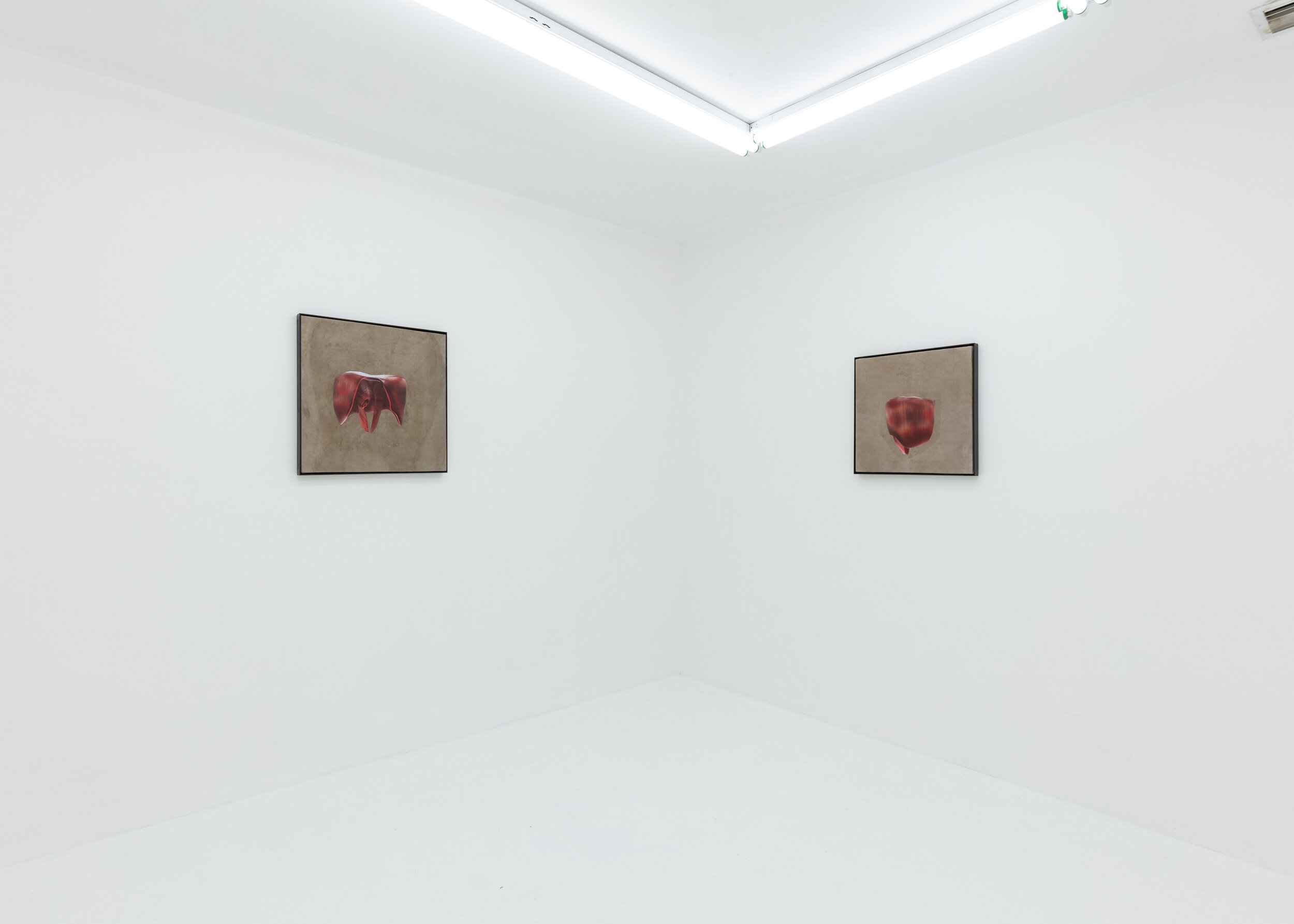

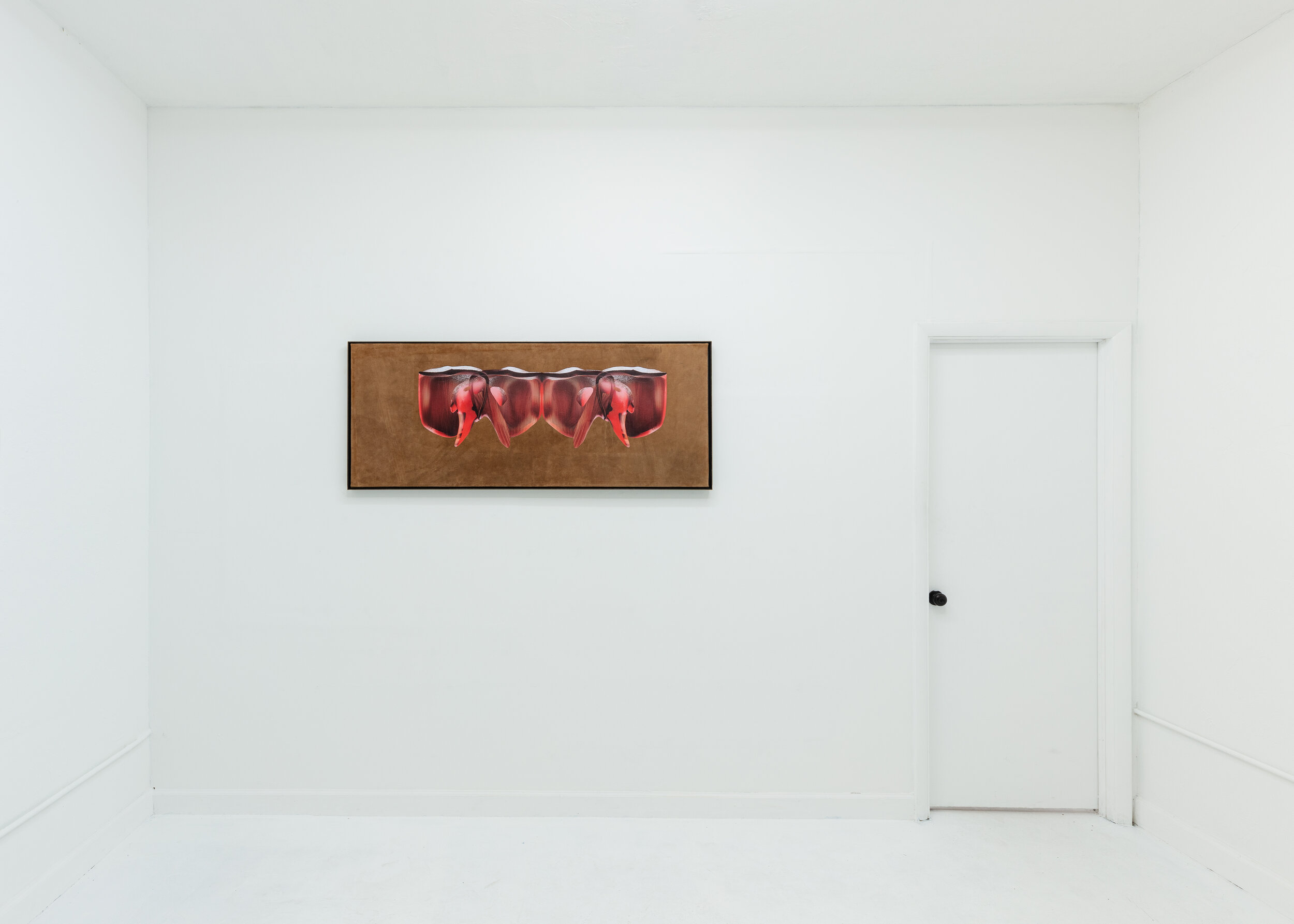
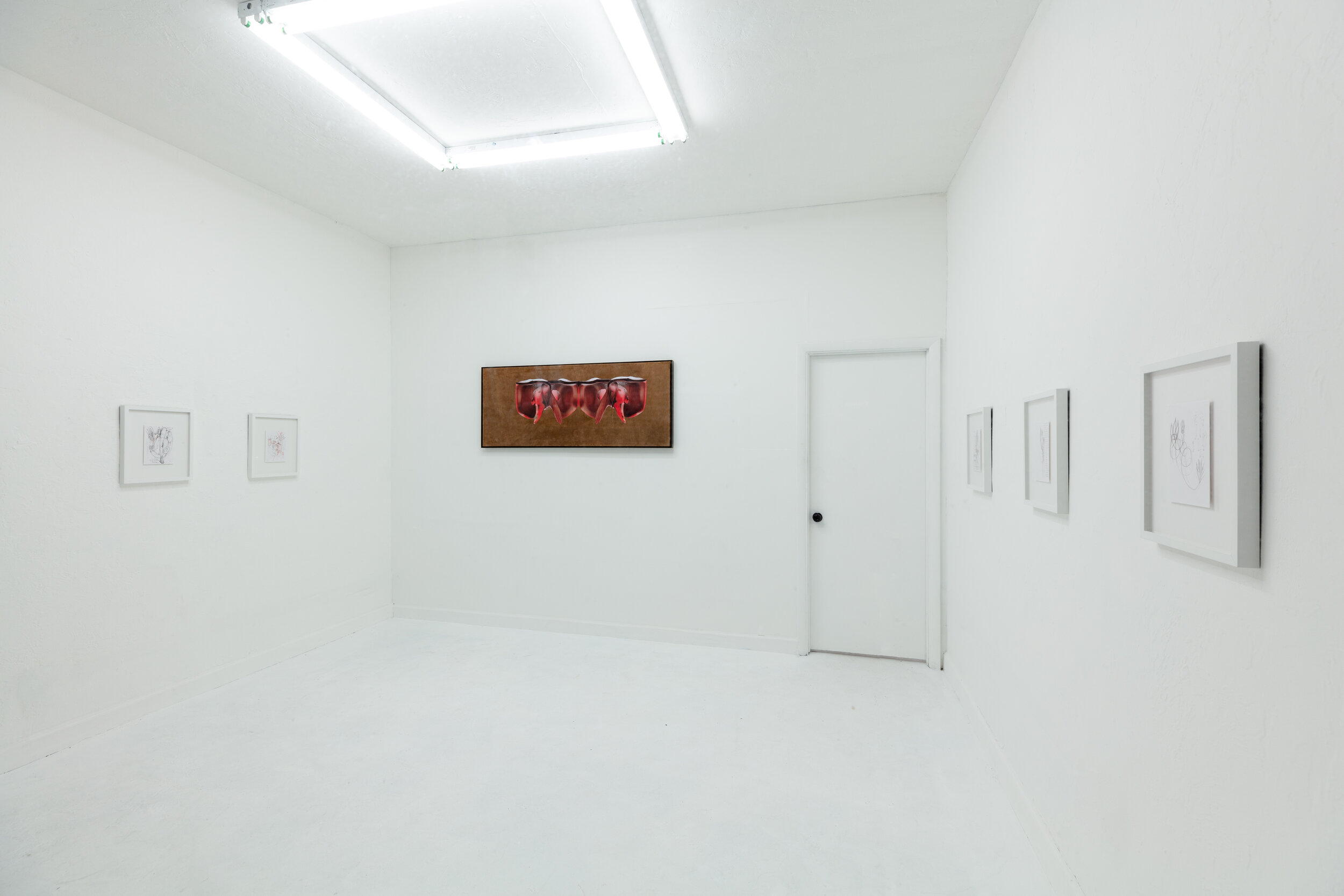
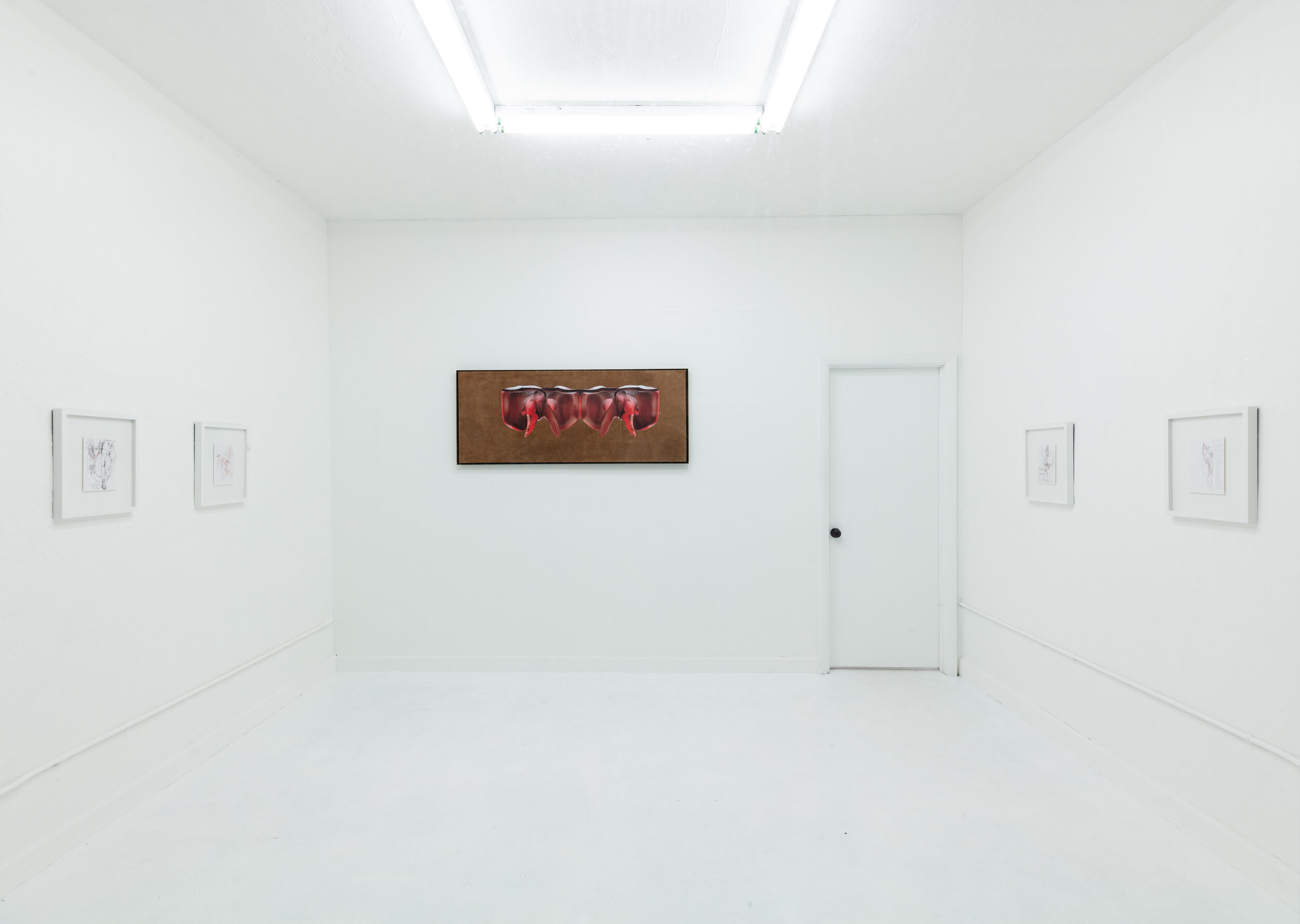
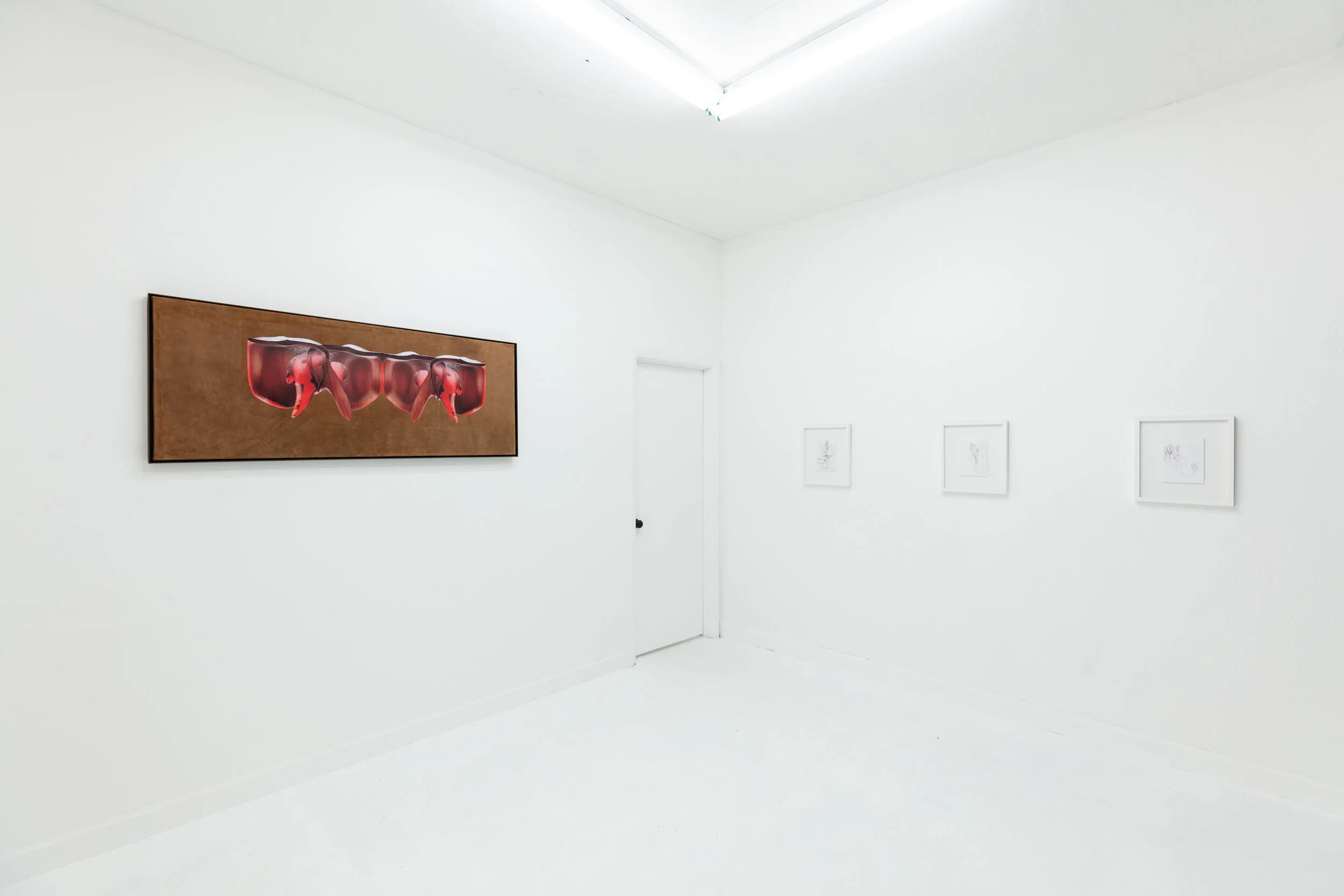
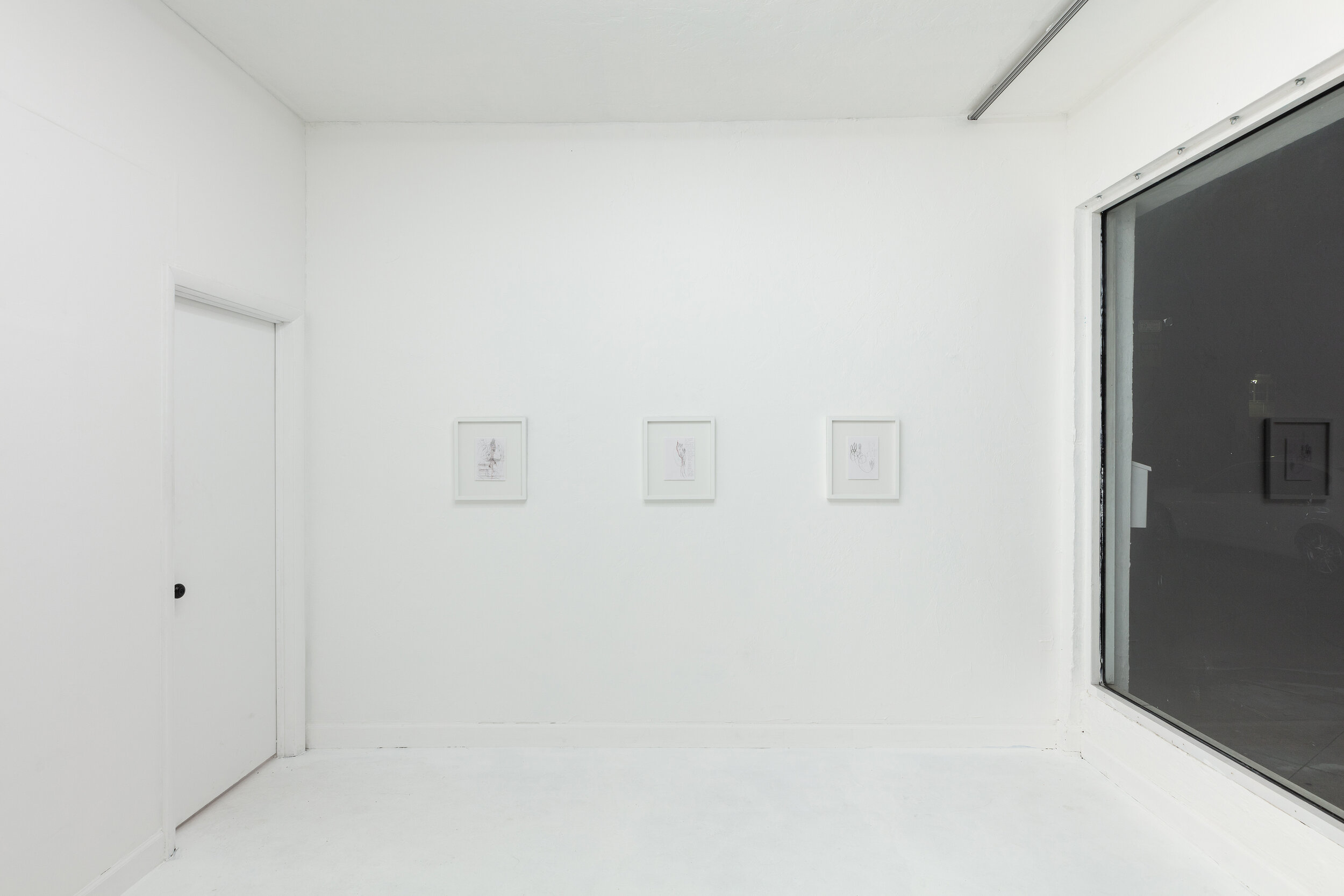
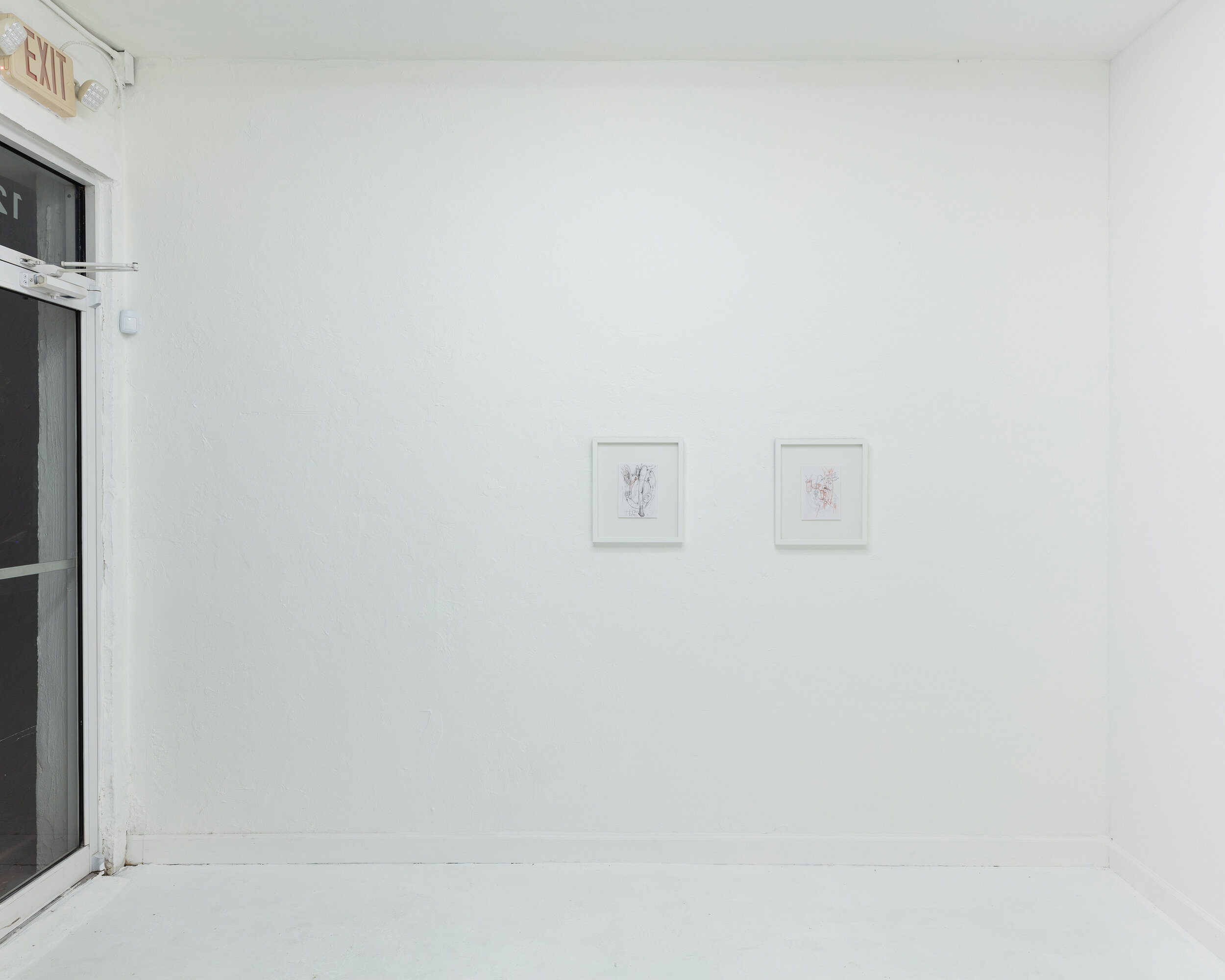
Your Custom Text Here
September 23rd - October 30th, 2019
Opening on Sunday, September 22nd from 6-9 pm
[… I did not notice that tear
Become mountains
When they run to the sea
On the side of your lips...]
In the past I was observing peoples’ movements and behaviors, as well as listening to their different voices during strictly performance-based workshops, assemblies, and meetings. During the preparation for Dynamis [1], I had the chance to work intensively with more than 200 people: I realized that the voice manifests the body’s interiority. By breathing, singing, or talking, the voice moves inside the body, touches the interior organs, and in a way colors them through vibration.
Now, I am trying to move away from the current ‘beginning-end’ calendar of consuming events and projects to develop a routine, which in the past I would only execute on my own. A self-training process builds up into a shared practice/treatment.
The Greek word ίαση (pron. iasi) refers to the time and process by which a body changes through illness. There is no such thing as recuperation and a healthy, normal state. There is a stage that allows the person to recognize, explore, and learn from their pain. There is a way to navigate the pain by learning from it.
Some bodies, which means some voices, are under shock and there is a need to form steps for recovery. By altering the tune of the voice, the body starts to vibrate differently, and some of the organs in pain will start to feel better.
Through voice training I follow and observe each participant to tune differently and support them to experience another interiority of their body. By that tuning they become stronger and physically better. The diaphragm is not really an organ but a muscle; it lies between the upper and lower part of the body and situates the balance amongst what is inside and outside the spine. It sets the balance and distributes the air, thus it tunes the voice throughout the whole body. Every breath is a tone to the interior and exterior of life. While taking care of the breath, the voice starts to sound as it is formed, and the whole world starts to vibrate differently.
Georgia Sagri, 2019, Athens
[1]Dynamis(2017) comprised of twenty-eight sculptures, ten breathing scores and six days of demonstration / performance simultaneously and in continuum, in both Athens and Kassel during documenta 14.
Diaphragm will be Georgia Sagri’s second solo show at Central Fine.
Georgia Sagri has exhibited internationally in various solo and group exhibitions: Mimosa House, London (2020), Portikus, Frankfurt/ Main, Germany (2018); Kunstverein Braunschweig, Germany (2017, 2018); Cycladic Museum, Athens Greece (2017); Museum of Modern Art, Warsaw, Poland (2016); Sculpture Center, New York, USA (2016); KW Institute for Contemporary Art, Berlin, Germany (2016, 2015); Forde, Geneva, Switzerland (2015); Kunsthalle Basel Switzerland (2014); MoMA PS1, New York, USA (2013); Museum of Modern Art, Warsaw, Poland (2013); Guggenheim Bilbao, Spain (2011); MoMA, New York, USA (2011); Macedonian Museum, Thessaloniki, Greece (2011); The Dakis Joannou Collection, DESTE Foundation, Athens, Greece (2006). Sagri has also participated in documenta 14 (2017), Manifesta 11 (2016), Istanbul; Biennial (2015), Lyon Biennial (2013), Whitney Biennial (2012), Thessaloniki Biennial (2011), and Athens Biennial (2007). In 2014 Sagri initiated Ύλη[matter]HYLE (hyle.gr) a semipublic/semiprivate space in the center of Athens, Greece. Her first monograph catalogue was published by Sternberg Press, following her solo exhibitions Georgia Sagri Georgia Sagri at Kunstverein Braunschweig,and Georgia Sagri and I at Portikus.
In the summer of 2019 she was offered the Tenure Position in the School of Fine Arts in Athens in order to organize and run the first Performance Art studio.
September 23rd - October 30th, 2019
Opening on Sunday, September 22nd from 6-9 pm
[… I did not notice that tear
Become mountains
When they run to the sea
On the side of your lips...]
In the past I was observing peoples’ movements and behaviors, as well as listening to their different voices during strictly performance-based workshops, assemblies, and meetings. During the preparation for Dynamis [1], I had the chance to work intensively with more than 200 people: I realized that the voice manifests the body’s interiority. By breathing, singing, or talking, the voice moves inside the body, touches the interior organs, and in a way colors them through vibration.
Now, I am trying to move away from the current ‘beginning-end’ calendar of consuming events and projects to develop a routine, which in the past I would only execute on my own. A self-training process builds up into a shared practice/treatment.
The Greek word ίαση (pron. iasi) refers to the time and process by which a body changes through illness. There is no such thing as recuperation and a healthy, normal state. There is a stage that allows the person to recognize, explore, and learn from their pain. There is a way to navigate the pain by learning from it.
Some bodies, which means some voices, are under shock and there is a need to form steps for recovery. By altering the tune of the voice, the body starts to vibrate differently, and some of the organs in pain will start to feel better.
Through voice training I follow and observe each participant to tune differently and support them to experience another interiority of their body. By that tuning they become stronger and physically better. The diaphragm is not really an organ but a muscle; it lies between the upper and lower part of the body and situates the balance amongst what is inside and outside the spine. It sets the balance and distributes the air, thus it tunes the voice throughout the whole body. Every breath is a tone to the interior and exterior of life. While taking care of the breath, the voice starts to sound as it is formed, and the whole world starts to vibrate differently.
Georgia Sagri, 2019, Athens
[1]Dynamis(2017) comprised of twenty-eight sculptures, ten breathing scores and six days of demonstration / performance simultaneously and in continuum, in both Athens and Kassel during documenta 14.
Diaphragm will be Georgia Sagri’s second solo show at Central Fine.
Georgia Sagri has exhibited internationally in various solo and group exhibitions: Mimosa House, London (2020), Portikus, Frankfurt/ Main, Germany (2018); Kunstverein Braunschweig, Germany (2017, 2018); Cycladic Museum, Athens Greece (2017); Museum of Modern Art, Warsaw, Poland (2016); Sculpture Center, New York, USA (2016); KW Institute for Contemporary Art, Berlin, Germany (2016, 2015); Forde, Geneva, Switzerland (2015); Kunsthalle Basel Switzerland (2014); MoMA PS1, New York, USA (2013); Museum of Modern Art, Warsaw, Poland (2013); Guggenheim Bilbao, Spain (2011); MoMA, New York, USA (2011); Macedonian Museum, Thessaloniki, Greece (2011); The Dakis Joannou Collection, DESTE Foundation, Athens, Greece (2006). Sagri has also participated in documenta 14 (2017), Manifesta 11 (2016), Istanbul; Biennial (2015), Lyon Biennial (2013), Whitney Biennial (2012), Thessaloniki Biennial (2011), and Athens Biennial (2007). In 2014 Sagri initiated Ύλη[matter]HYLE (hyle.gr) a semipublic/semiprivate space in the center of Athens, Greece. Her first monograph catalogue was published by Sternberg Press, following her solo exhibitions Georgia Sagri Georgia Sagri at Kunstverein Braunschweig,and Georgia Sagri and I at Portikus.
In the summer of 2019 she was offered the Tenure Position in the School of Fine Arts in Athens in order to organize and run the first Performance Art studio.